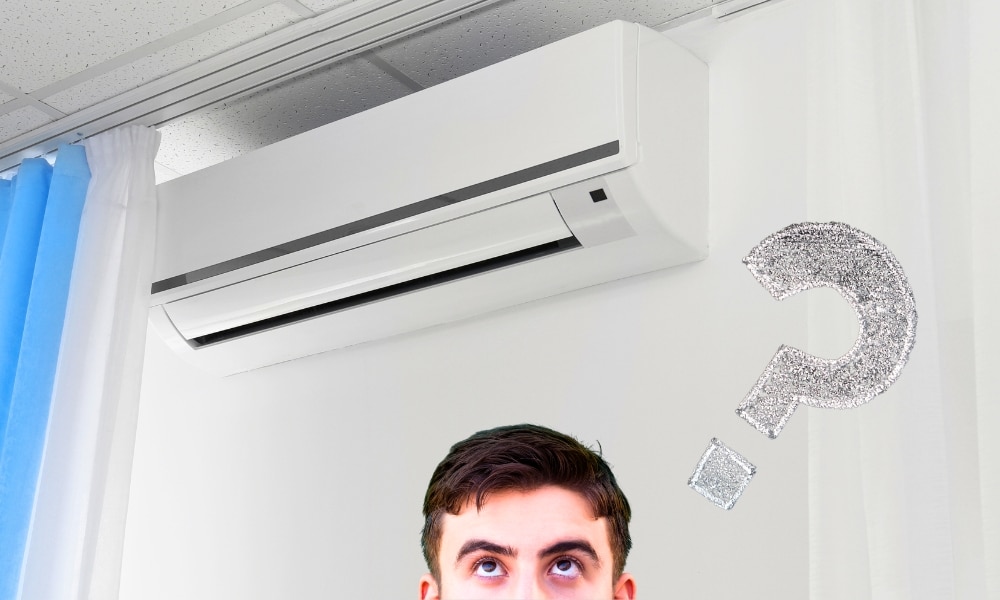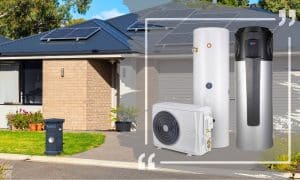Australia’s diverse climate, ranging from scorching summers to chilly winters, demands reliable and efficient heating and cooling solutions. Split systems have emerged as a popular choice for Australian homes due to their versatility, energy efficiency, and ability to provide targeted climate control. This comprehensive guide will help you select the ideal split system to meet your specific needs.
Understanding split systems
A split-system air conditioner is famous in Australian homes for its efficiency and versatility. This system consists of two units: an outdoor unit that houses the compressor and fan and an indoor unit that distributes conditioned air. This configuration offers several advantages, including:
- Zone control: The ability to regulate temperature in individual rooms or areas, reducing energy consumption.
- Quiet operation: The outdoor unit is located away from living spaces, minimising noise disturbance.
- Flexibility: Various indoor unit options, such as wall-mounted, floor-standing, or ceiling cassettes, cater to different architectural styles and preferences.
Factors to consider
Several factors must be considered when selecting a split system for your home to ensure optimal performance and energy efficiency.
1. Home size and layout
The appropriate size of a split system depends on the area you want to cool or heat. A professional can assess your home’s insulation, layout, and climate to determine the ideal capacity.
- Room size: Determine the square footage of the rooms you want to cool.
- Insulation: Assess the insulation quality of your home. Well-insulated homes require less cooling.
- Orientation: Consider the direction your home faces. North-facing homes can get hotter than south-facing ones.
2. Climate
- Temperature extremes: Determine the hottest and coldest temperatures in your region.
- Humidity: High humidity can affect cooling efficiency.
3. Lifestyle
- Usage patterns: Consider how often you’ll use the air conditioner and during which times of the day.
- Noise sensitivity: If noise is a concern, opt for quieter models.
4. Budget
- Initial cost: Consider the upfront cost of the unit.
- Running costs: These are factors in the ongoing energy consumption and associated costs.
5. Features and functionality
Modern split systems offer a range of features, including:
- Air purification: Advanced filtration systems can help improve indoor air quality by removing allergens, pollutants, and odours.
- Heating and cooling: Look for split systems that provide heating and cooling for year-round comfort.

6. Energy efficiency
Investing in an energy-efficient split system can significantly reduce your electricity bills.
- Star rating: Look for a high star rating indicating energy efficiency.
- Inverter technology: Inverter split systems adjust their power output to match the cooling demand, reducing energy consumption.
- Seasonal Energy Efficiency Ratio (SEER): A higher SEER value indicates better energy efficiency over a season.
Energy efficiency upgrades for split systems
To maximise energy efficiency and reduce your carbon footprint, consider the following energy efficiency upgrades:
- Variable speed fans: These fans adjust their speed based on cooling needs, reducing energy consumption.
- Smart thermostats: Smart thermostats can learn your usage patterns and adjust the temperature accordingly, optimising energy efficiency.
- Zoned cooling: If you have a large home, consider zoned cooling systems that allow you to control the temperature in different areas independently.
- Regular maintenance: Proper maintenance, including cleaning filters and coils, ensures optimal performance and energy efficiency.
- Smart thermostats: Installing a smart thermostat can help optimise energy usage by automatically adjusting temperature settings based on your schedule and preferences.
- Shade and ventilation: Strategically placing trees or shrubs to provide shade can help reduce the cooling load on your system. Proper ventilation can also improve energy efficiency.
- Insulation and sealing: Ensuring proper insulation in your home can reduce heat loss and gain, making your split system work more efficiently.
- Government incentives: Explore available government incentives or rebates that can help offset the cost of upgrading to a more energy-efficient split system.
Read more about:
- Essential Advice for Selecting an Energy-Efficient Air Conditioning Unit
- Energy Efficiency Tips – Saving On Electricity Bills
- How Do I Make My Home More Energy Efficient?
Choosing the right brand and model
When selecting a split system brand and model, research reputable brands with a proven track record. Look for models with features and energy efficiency ratings that align with your needs and budget. Check out our page to learn more about The Top Split Systems for Australian Weather.
Installation and professional advice
Proper installation is crucial for optimal performance and safety. Consult a qualified HVAC technician to ensure correct sizing, installation, and ongoing maintenance.













































